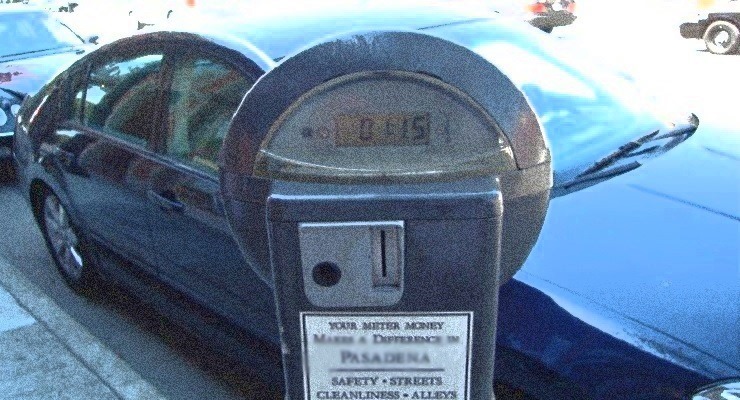
California’s current drought situation is bad. Really bad. How bad? It is the third worst in the state’s history, topped only by droughts in 1977 and 1924. It is the worst ever in terms of its impact.
More than 400,00 agricultural acres have gone fallow. More than 17,000 agricultural jobs have been lost. 2013 was the driest year ever, and 2014 was the hottest. Ever.
All of California’s reservoirs are low, and the Sierra snowpack from which most of our water derives, is also at a low point.
But Felicia Marcus, chair of the State Water Resources Control Board, is nothing if not pragmatic. And somewhat optimistic. As she told the weekly meeting of Pasadena’s Rotary Club at the University Club, it’s important to “look at the big picture.”
“I’m going to tell you what to say to your friends who say, ‘If only those idiots at so and so would just do that one thing,’” she told the group.
“My view,” she said, “is that no one is an idiot, and that we have to do all of those things.”
First, some background. She was appointed by Governor Jerry Brown to the State Water Resources Control Board in 2012, and designated as Chair in April of 2013. Under her leadership, the Board implements both federal and state laws regarding drinking water and water quality, and it implements the state’s water rights laws. According to their website, he Board sets statewide water quality, drinking water, and water rights policy, hears appeals of local regional board water quality decisions, decides water rights disputes, and provides financial assistance to communities to upgrade water infrastructure.
Before her appointment to the Water Board, Marcus served in positions in government, the non-profit world, and the private sector. In government, Felicia served as the Regional Administrator of the U.S EPA Region IX in the Clinton Administration where she was known for her work in bringing unlikely allies together for environmental progress and for making the agency more responsive to the communities it serves, particularly Indian Tribes, communities of color, local government, and agricultural and business interests. While at U.S. EPA, Felicia worked extensively on the range of environmental issues under EPA’s jurisdiction, most heavily in air quality, Bay-Delta water, tribal, and US-Mexico border issues.
Okay, back to the drought. California has actually been aggressively responding to the situation on numerous fronts, said Marcus. The state has implemented drought task forces, issued drought orders, has instituted more recycling, and developed new regulations on urban water use.
“We need to pray for the best,” she said, “but plan for the worst.” She compared California’s drought to Australia’s in 2014, which saw thousands of farmers go under, and tens of thousands of jobs be eliminated as the government refused to assist farmers and businesses, saying that drought was a natural disaster, much to the fury of both farmers and citizens.
In Sao Paolo, Brazil, on the other hand, rain is plentiful and common, yet the reservoirs are empty. People see green everywhere, but don’t realize that not enough water is being saved. The result, according to circleofblue.org, a water and resource think tank, is a “landscape that belies the severity of the water crisis and a skewed perception that complicates voluntary conservation efforts—Sao Paulo’s primary tool for ensuring adequate water supplies in the short-term.”
Which brings us to the widely predicted El Nino this fall and winter.
“We think it should be strong,” said Marcus, “but the question is where? We think we are going to a see a lot of precipitation in Southern California, but not as much in Northern California,” for example. This means less snowfall in the Sierras, and of course, the state needs both rain and snow to replenish the snowpack.
Anticipating that, the state has actually had a 25% reduction in water use, thanks to various specific regulations, as well as emergency conservation regulations.
“We are getting results,” said Marcus. But meanwhile, sea levels are currently rising due to climate change, and groundwater is being contaminated, she said.
“About 500,00-2 million people in the Central Valley are drinking some kind of contaminated water,” she said.
“This is why we need to protect our groundwater, and we did pass historic groundwater protection legislation last year as well. That took us 100 years,” added Marcus. “And state water agencies are working together better than ever, as well, which is also helping the state steer through the crisis.
And, she contends, things could be worse, a lot worse.
‘We need to deal with reality, not rhetoric,” she says, and she thinks California is doing just that, through a combination of legislation, local leadership and numerous water action plans.
The state is about as prepared as it can be, thanks to some foresight and planning, but given the vagaries of rainfall and weather, drought management is a tricky business.
Essentially, you can wait for rain, or you can make plans to be without it.













 0 comments
0 comments


